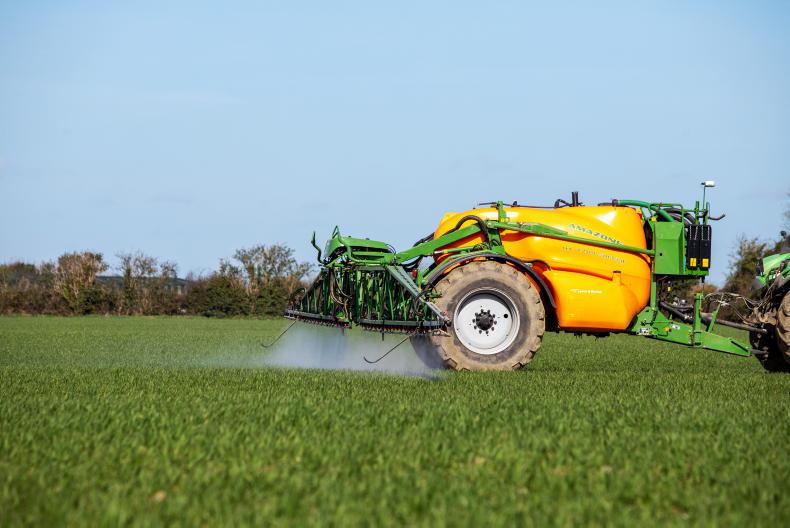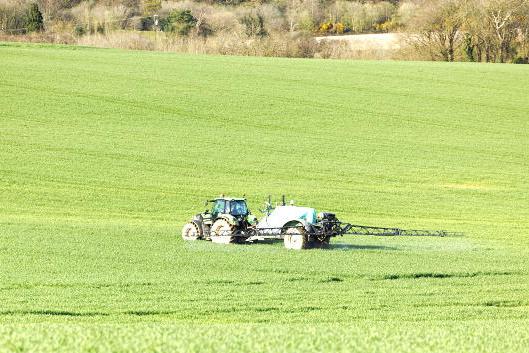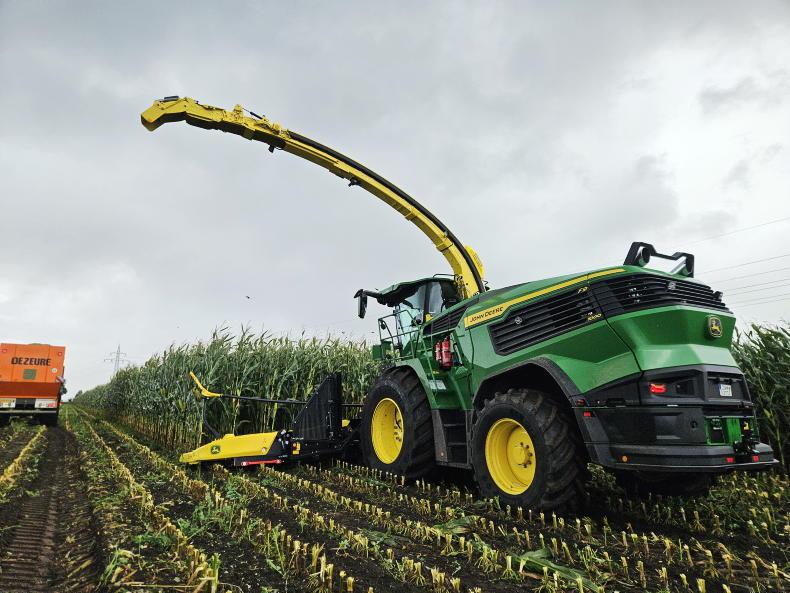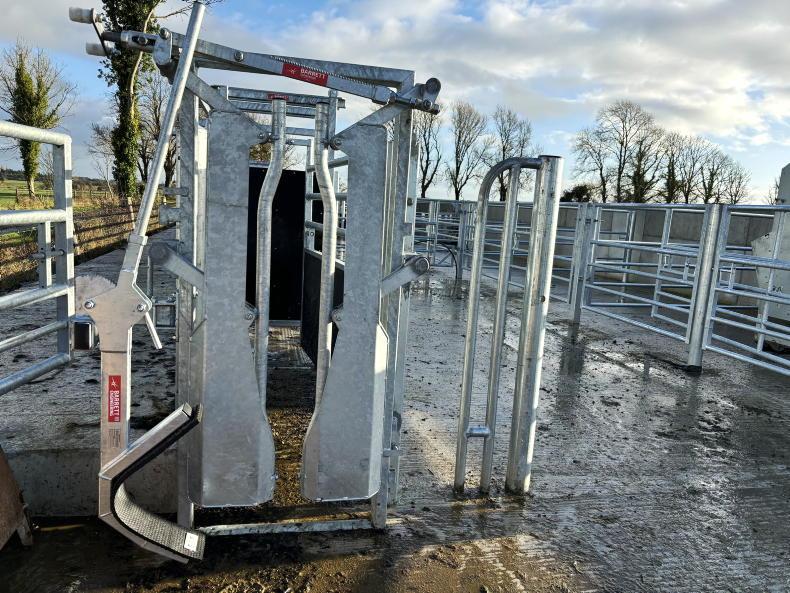A new project aims to explore the use of nanobubble technology in agriculture. The Innovate UK-funded project is being led by Irish ag-tech company MagGrow and will explore how nanobubbles could improve irrigation and crop protection.
Nanobubbles, also known as ultra-fine bubbles (UFBs) are micro, very stable and long-lasting bubbles, 100 times smaller than the width of a human hair or about the size of a virus.
Unseen by the naked eye, even when present in large numbers in water-based liquids, they do not rise to the surface and burst, but remain stable and buoyant for long periods of time, typically days and weeks.
Nanobubble technology is used widely in multiple industries but remain in their infancy in agriculture. However, it is thought that the bubbles stability and longevity could offer great potential in agriculture for environmentally friendly spraying and irrigation.
How do they work?
Nanobubbles can carry gases and various other substances to the surface of plant leaves. The purpose of the project is to initially focus on irrigation for delivery of the nanobubbles.
Using the Agri-EPI Centre and the UK’s Centre for Crop Health and Protection’s (CHAP) shared soil and crop technology facilities alongside soil science expertise at Cranfield University, the project will compare the growth of plants treated with oxygen-containing nanobubble-water, with that of plants given untreated water.
The study will determine the effect of nanobubbles on root development, nutrient absorption, growth and overall crop yield.
However, the project team believe that nanobubbles potentially have a host of additional applications in farming, including supporting a reduction the quantity of chemical inputs required when spraying and irrigating crops to control pests and diseases.
Industry
The use of nanobubbles containing ozone is already established in medical and industrial disinfection processes to kill bacteria and destroy viruses.
Nanobubbles are also used in oil, gas, and mineral extraction processes, the pharmaceutical industry, food flavouring, the production of cosmetic fragrances and in wastewater treatment.









SHARING OPTIONS